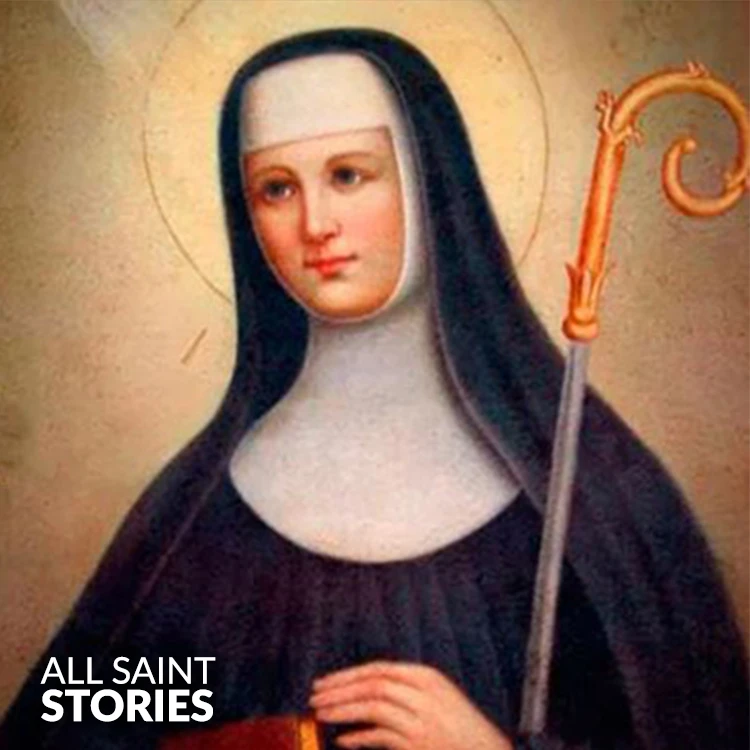
St. Scholastica was the twin sister of St. Benedict and the founder of a monastic community for women. She lived a life devoted to prayer, humility, and spiritual leadership, often meeting her brother to discuss spiritual matters. She is the patron saint of Benedictine nuns.
.St. Scholastica of Nursia, born around 480 AD in central Italy, is one of the most revered figures in early Christian monasticism. She was the twin sister of St. Benedict, the founder of Western monasticism and the author of the influential Rule of St. Benedict. From an early age, Scholastica was dedicated to God, and she followed her brother’s spiritual path closely, eventually founding a convent near Monte Cassino, where Benedict had established his monastery.
Although much of what we know about Scholastica comes from the Dialogues of St. Gregory the Great, her story has remained powerful and spiritually instructive for centuries. She and her brother are said to have maintained a deep and profound spiritual bond throughout their lives. According to the most famous account of her life, once a year, Scholastica would meet with Benedict in a small house just outside his monastery. During one such visit, she implored him to remain longer to discuss heavenly matters. Benedict refused, citing his rule that monks should not spend the night away from the monastery. Scholastica then prayed, and a sudden and violent storm prevented him from leaving. Benedict realized the storm was divinely sent in response to her prayer and said, “May God forgive you, sister.” She replied, “I asked a favor of you and you refused; I asked it of God and He granted it.”
Three days later, Benedict saw her soul ascending to heaven in the form of a dove, symbolizing peace and purity. He then buried her in the tomb he had prepared for himself, fulfilling the unity they had in both life and death. This touching story illustrates her deep faith, her trust in God, and the strength of her spiritual life.
St. Scholastica is regarded as the patron saint of nuns, education, and is often invoked against storms and rain, in reference to the miraculous event during her last meeting with Benedict. Her feast day is celebrated on February 10, and her memory continues to inspire both religious and lay people. She is a powerful model of prayer, devotion, and feminine sanctity within the Church.
Her legacy is especially strong within Benedictine communities, where she is honored not only as a historical figure but as a spiritual mother. In iconography, she is often depicted in a black habit, holding a dove, a crozier, or a book. The dove has become her most enduring symbol due to the vision experienced by Benedict at her passing.
Although the details of her early life are limited, the spiritual impact of her life is immeasurable. She reminds the faithful that deep spiritual relationships, especially those rooted in mutual faith, can lead to extraordinary grace. St. Scholastica's influence has transcended generations, and she continues to be a beacon for those seeking a contemplative life of prayer and holiness.
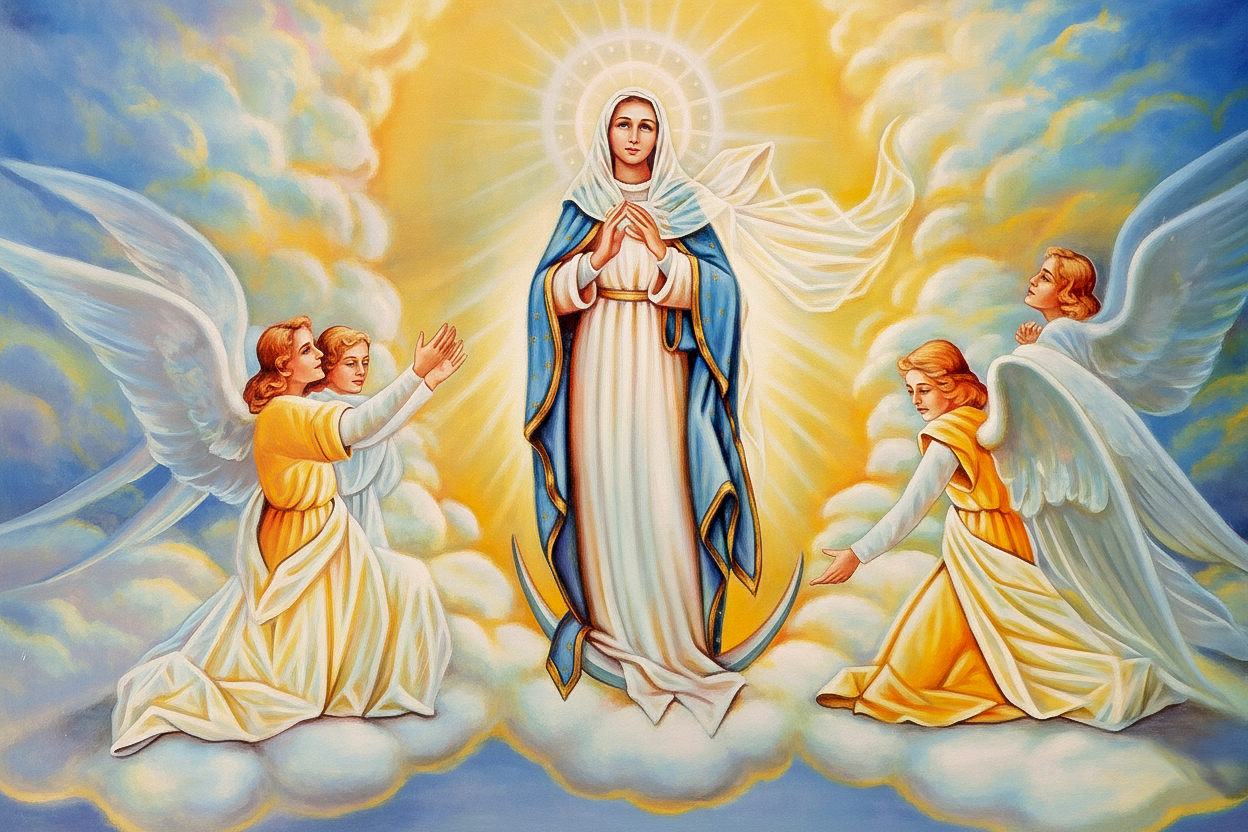


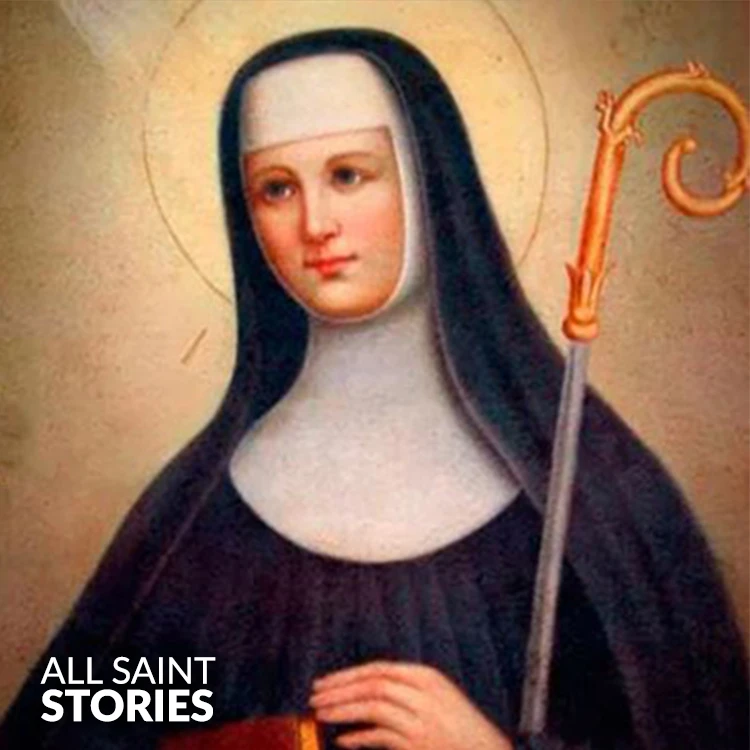
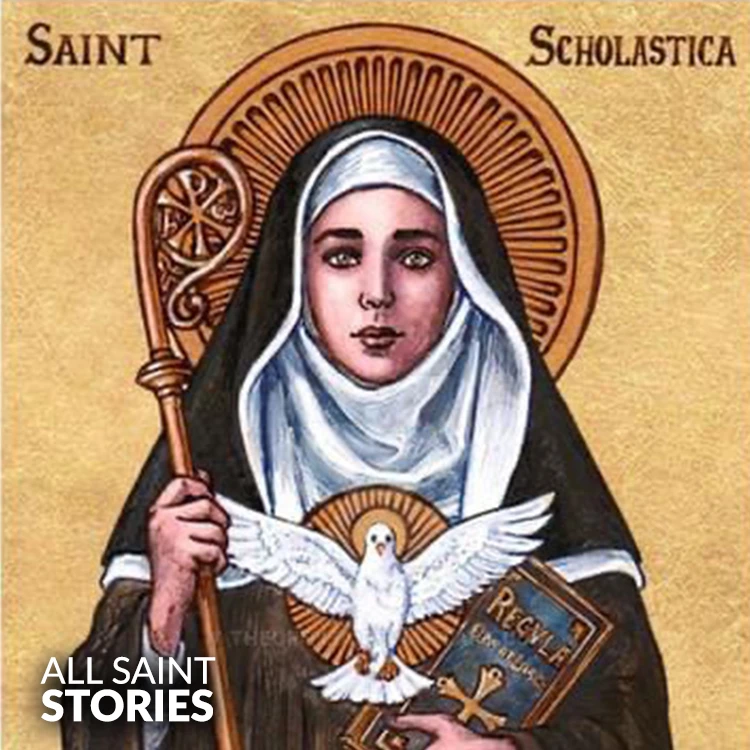
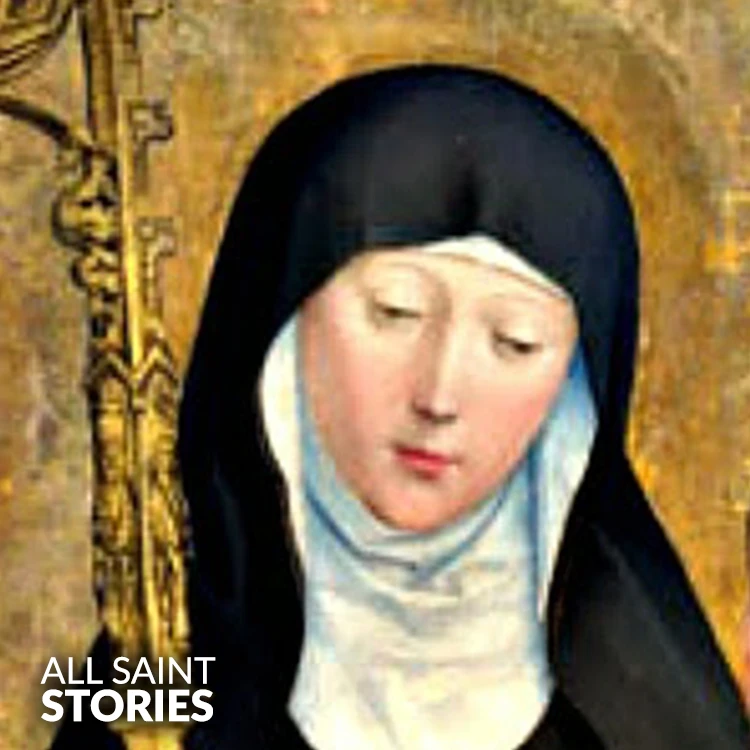
 English
English
 Italian
Italian
 French
French
 Spanish
Spanish
 Malayalam
Malayalam
 Russian
Russian
 Korean
Korean
 Sinhala
Sinhala
 Japanese
Japanese
 Arabic
Arabic
 Portuguese
Portuguese
 Bantu
Bantu
 Greek
Greek
 German
German
 Dutch
Dutch
 Filipino
Filipino